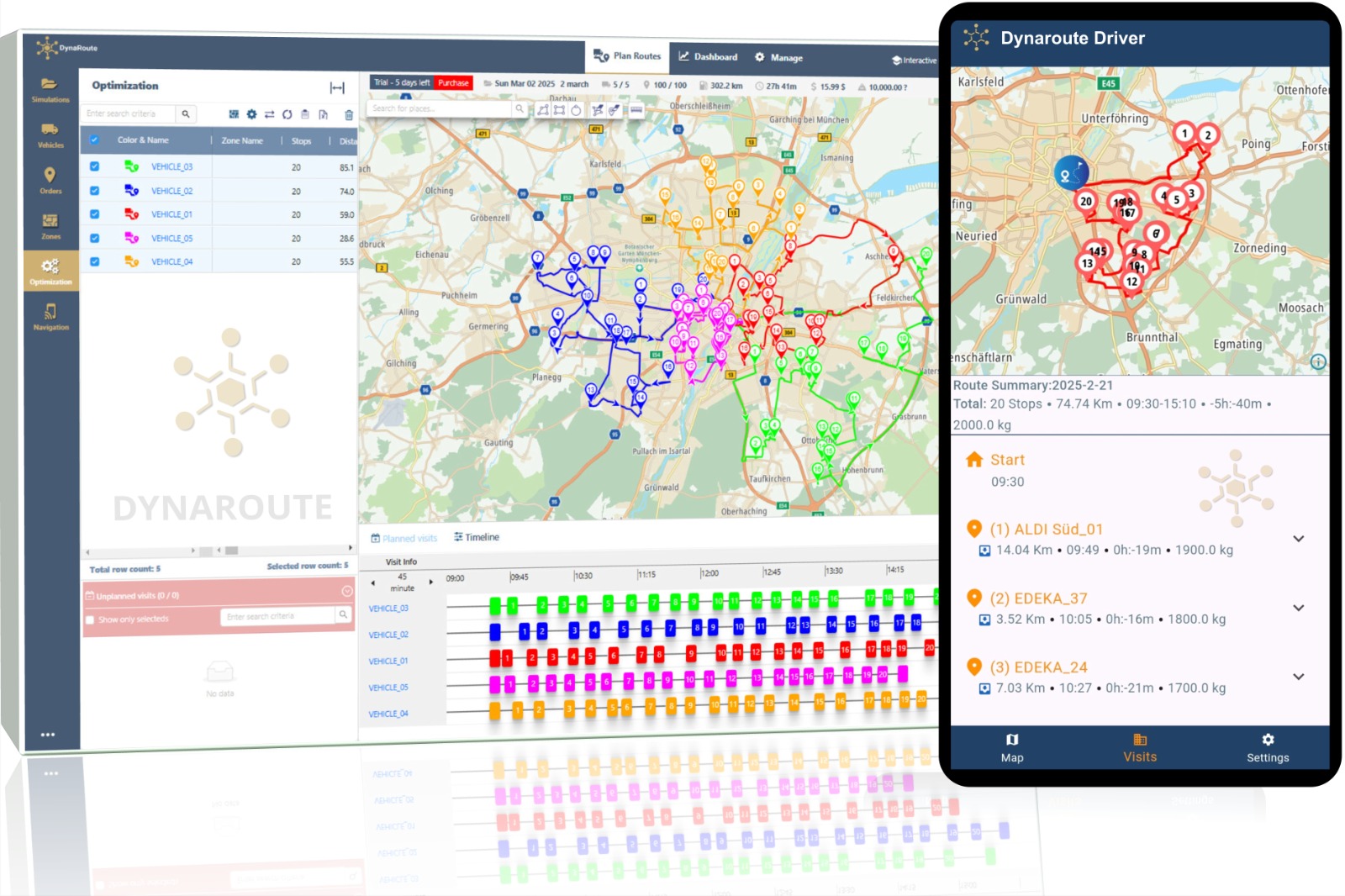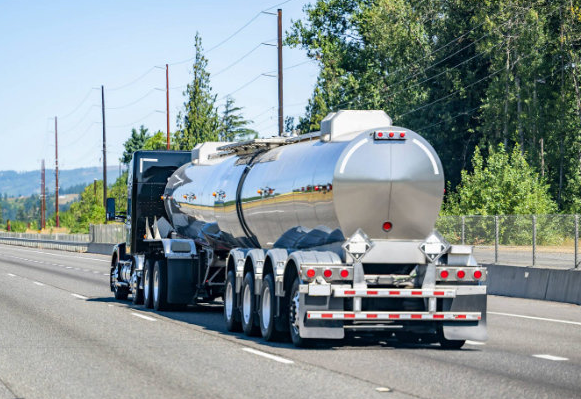Editor's Pick


Route optimization is the process of determining the most efficient path for vehicles, delivery personnel, or service providers to take when traveling between multiple destinations. The goal is to minimize travel time, fuel costs, and operational expenses while maximizing efficiency and customer satisfaction. Cost Reduction: Saves fuel and labor costs by choosing shorter or faster routes. Time Efficiency: Reduces delays and improves on-time delivery rates. Resource Optimization: Ensures better vehicle and workforce utilization. Customer Satisfaction: Provides accurate estimated arrival times (ETA) and improves service reliability. Environmental Benefits: Lowers carbon emissions by reducing unnecessary travel. Before optimizing routes, determine your goals (e.g., reducing costs, improving delivery speed) and constraints such as: Delivery time windows Vehicle capacity limits Traffic conditions Road restrictions (tolls, one-way streets) Gather information on delivery locations, distances, vehicle capabilities, and driver schedules. Use historical traffic data and weather conditions to predict delays. There are various technologies and algorithms used for route optimization: Dijkstra’s Algorithm: Finds the shortest path between two points. A Algorithm*: Improves on Dijkstra’s by considering heuristic estimates. Genetic Algorithms: Used for complex route planning by simulating evolution. Vehicle Routing Problem (VRP) Solutions: Optimizes multiple deliveries with constraints. Some popular route optimization tool include: Dynamic routing tools use real-time data such as: Traffic congestion updates Road closures Weather conditions Customer cancellations AI-powered software can adjust routes dynamically based on these factors. Assign optimized routes to drivers using mobile apps or fleet management software. Track performance using GPS and telematics systems. Gather feedback from drivers and customers for continuous improvement. For businesses with large-scale logistics operations, AI and machine learning can automate routing decisions, predict delays, and optimize future routes based on past performance. ✅ Route optimization enhances efficiency, cuts costs, and improves customer satisfaction.What is Route Optimization?
Why is Route Optimization Important?
How to Optimize Routes?
1. Define Objectives & Constraints
2. Collect and Analyze Data
3. Use Route Optimization Software & Algorithms
4. Consider Real-Time Data
5. Implement & Monitor
6. Automate and Scale
Key Takeaways
✅ It involves defining constraints, collecting data, and using advanced algorithms.
✅ Real-time tracking and AI-driven automation enhance routing accuracy.





